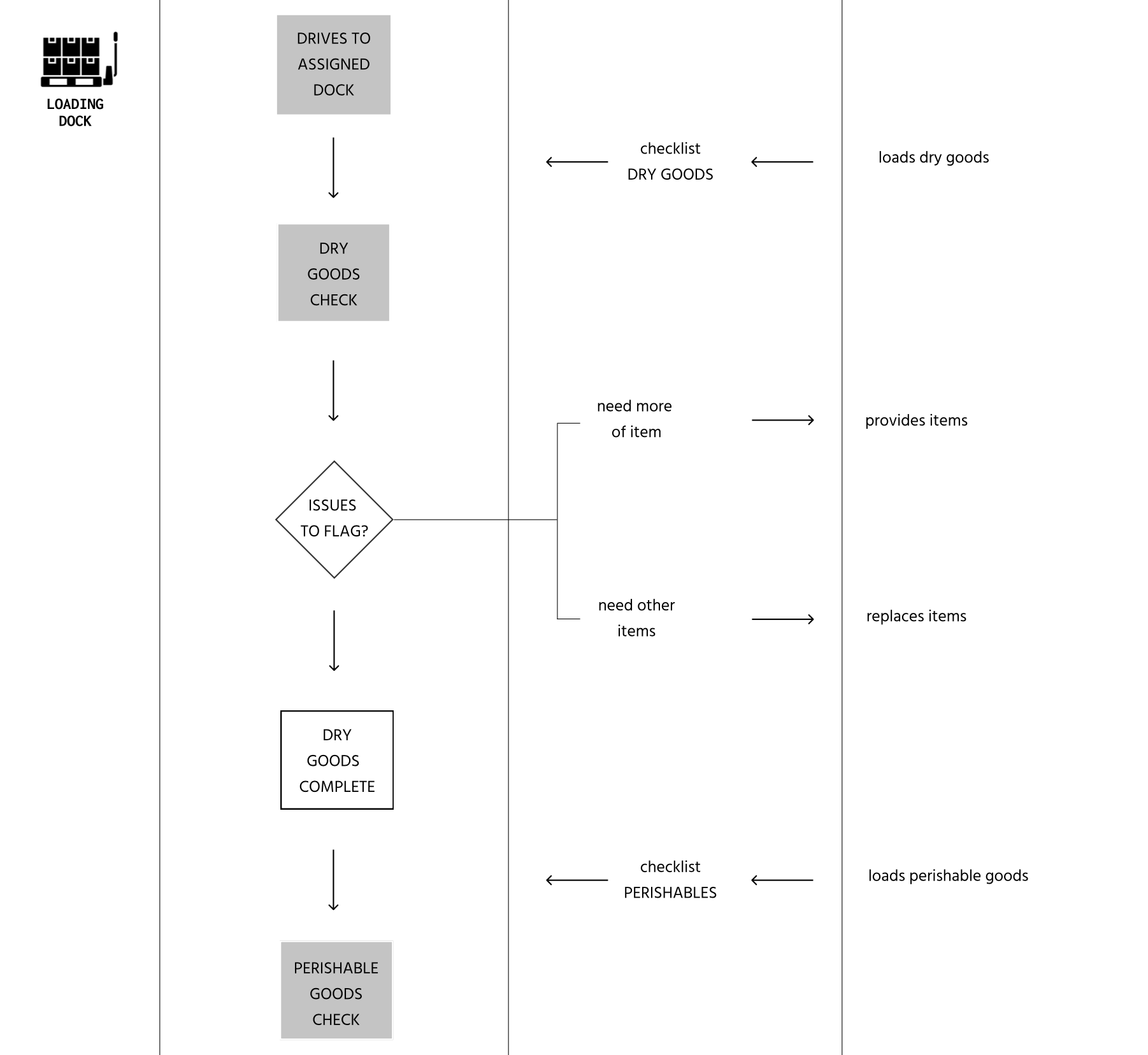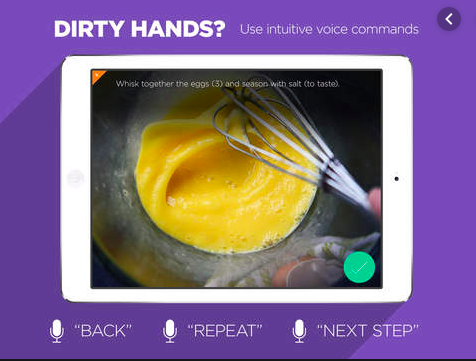Disrupting food delivery (more than) one chef and cuisine at a time
FOOD TECH
What would foodies say if a truck pulled up to their home and the driver turned into a chef, then plated a renowned restaurant recipe in under thirty minutes?
USER FLOWS I UX DESIGN I APP DESIGN I INSTRUCTIONAL DESIGN I PROTOTYPING
BACKGROUND
Wonder set out to disrupt food delivery by bringing celebrity chef-designed meals to a diner’s door via a mobile kitchen-equipped truck that finished each dish curbside. Each truck would be outfitted for a specific cuisine and customers would use the Wonder app to find trucks nearby. A centralized commissary kitchen would par-cook, prep and package ingredients, which were assembled, heated and finished by a trained chef on board within minutes.
MY ROLE
I joined the Wonder team early on in their venture, working with the SVP of Product and Director of Operations to define and prioritize features for two employee-facing applications: a Driver App focused on truck check-out and inventory stocking, and a Chef App to provide step-by-step cooking instructions for each recipe.
THE CHALLENGE
While the Wonder business would face numerous technical and operational challenges around their novel business model, the specific challenge I was hired to tackle was how to design two discrete apps for two very different target users who would, in reality, be a single employee—a driver/chef. (Bananas, I know!)
THE APPROACH
Given that both apps needed to be used on the go and with efficiency in mind, I set out to create flows that were simple, but supported multi-tasking. I began by culling the requirements and reviewing apps and websites in both the car rental and cooking space that could inform my design.
REQUIREMENTS GATHERING
I had an ongoing dialogue with stakeholders and continued to iterate on their requirements as they refined their business model.
FUNCTIONAL FLOWS
Due to the time-sensitive, sequential nature of tasks, determining the order of operations was critical, as was accounting for all scenarios during a driver/chef shift.
COOKING APP INSPIRATION
While there are tons of interfaces to reference when it comes to following a recipe, I was on the lookout for highly visual step by step instructions. I found one that used a comic book treatment and another that employed voice command. I even played with a video game called Cooking Fever that simulated rapid food prep.
DRIVER APP I UX DESIGN
The Driver App had to work hard, guiding and supporting a driver through a long list of critical tasks on a single shift. The list below captures the high level task categories for the app, all of which contain many sub-tasks and troubleshooting workflows. Below that are a selection of the key screens I designed.
TASK CATEGORIES
* Checking the vehicle exterior and interior and reporting any issues
* Stopping by the loading dock for restocking
* Reconciling inventory levels in the truck
* Testing kitchen equipment — ovens, refrigerators etc.
* Accepting new orders and navigating to cooking destination
* Reporting any unexpected issues along the way that required assistance
CHEF APP I UX DESIGN
Unlike a traditional recipe where a user would follow steps linearly, the Chef App needed to merge the steps of all dishes and then order them to output step by step instructions on how to prepare dishes in tandem—retrieving food inventory, then heating, assembling, presenting and packaging, accounting for any special requests along the way. While the Driver App was designed for a tablet, the Chef App was afforded a larger monitor that would mount onto the truck interior. Despite the extra screen space, I played with showing two or three steps at a time and pondered how to support both touch and voice command. I was designing the Chef App for someone who was likely not formally trained as a cook and therefore needed maximum clarity at every step.
LEARNINGS
Many small and medium takeaways emerged during this design exercise—like too much detail can be dangerous; some interactions must be disabled at critical times, like while driving and cooking; creating a seamless experience across interfaces—iPad, monitor, phone—is challenging. But really, the biggest learning from my perspective was that it is possible to collapse two distinct personas into one. With the right onboarding and instructional design, a seasoned chef can operate a complex vehicle and a trained driver can learn to make tortiglioni bolognese. So Wonder decided to keep the role and staff at one employee per truck. While this initially struck me as totally wild to expect one person to do all of these things with swiftness, I liked the challenge of designing for a single human—or a superhuman—kind of like the sci-fi sitcom Small Wonder. (Remember it? Never heard of it? )
TRUCKS HIT THE ROAD
At its peak—from 2020 to 2023—Wonder had a fleet of vans equipped with mobile kitchens delivering thousands of meals across of towns in New Jersey and Westchester. I’m still not sure whether the pandemic was the perfect moment to disrupt traditional food delivery (employees working from home; the inability to go to restaurants; people sick of their own cooking; fewer cars on the road) or the worst time (job loss resulting in less disposable income; supply issues; fear of food contamination). But like the dishes, the idea was fresh, and the upfront research, prototyping and testing set the business up for a logical pivot when it was time.
WONDER TODAY
After three years pioneering its chef on the road concept, Wonder decided to shift to a different “fast fine food” model: delivery and pick up from ghost kitchens with storefronts turning out dishes from 25+ restaurants across 20+ cuisines. A successful test at a single location provided momentum for the change, which resulted in the opening of retail kitchens across Manhattan, Brooklyn, Westchester, New Jersey, Pennsylvania, Connecticut and Rhode Island. Unlike each truck, which was dedicated to a single cuisine, each kitchen serves chef-created meals from multiple restaurants. Visit Wonder.com or download the app to give it a try. My personal favorite: Hanu Poke. But the beauty of the model: everyone in your household doesn’t have to agree.






























